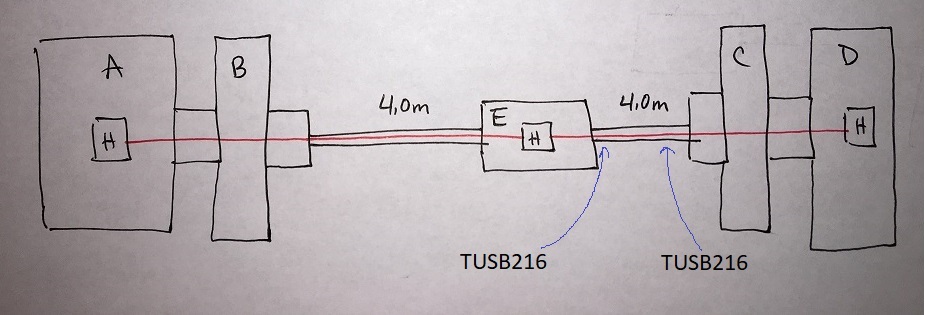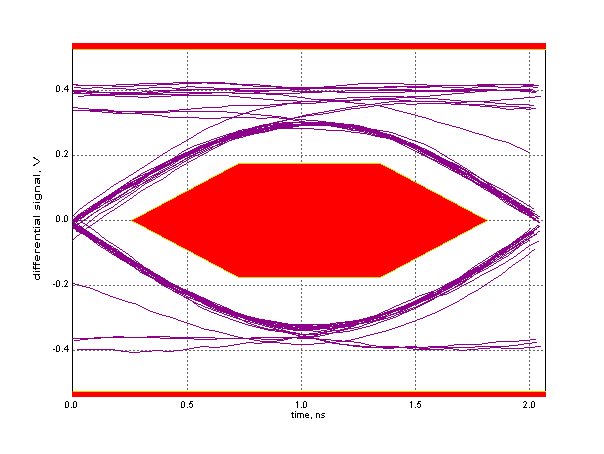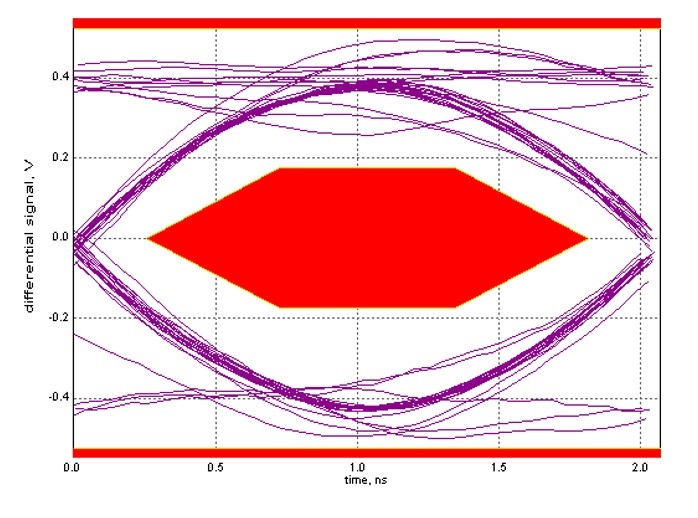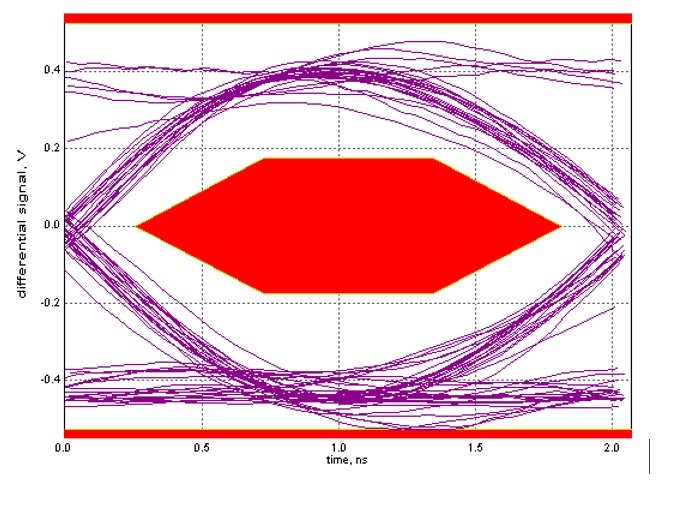Other Parts Discussed in Thread: TUSB216,
I've been testing our USB 2.0 High Speed cable with 2x the TUSB216 devices and one of the devices will at times not start up. Instead it will enter shutdown mode. The exact behavior appears to be affected by the Boost level selected.
Our setup is as shown below with the TUSB216EVM boards spliced into the 4m cable at both ends between the Hub on PCA E and connectors on PCA C.
I am running usb signal quality eye diagrams with both TUSB216 devices held in reset and then enabled both at Boost 0 and then both at Boost 3 to determine boost capability of the part within our system.
What I noticed was that the TUBS216 near the hub in the middle of the cable would not always come up but would remain in shutdown as determined by the CD and ENA_HS pins in Table 1 of the datasheet. With Boost at 0 for both devices, sometimes both devices would start up and sometimes the one device would remain in shutdown. With Boost at 3 for both devices, sometimes both devices would start up and after a few seconds the device near the hub in the cable would then shutdown. At other times (with Boost at 3) the device near the hub in the cable would not come up at all but would remain in shutdown.
I have checked VCC ramp up times and Reset ramp up times to verify the datasheet specs were met and all appears within spec there.
Do you have any ideas as to what is occurring here when the devices do not come up or do not remain enabled?
Thank you,
Ethan Rhodes








